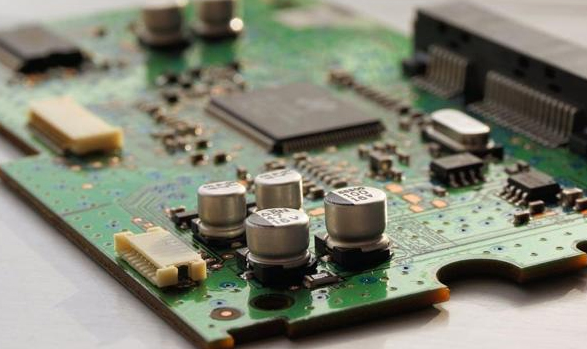PCBA "Three Preventions" Process Design
Background description:
The essence of the "three preventions" in electronic processing is to coat a protective film on the protected surface. The protective effect is related to the coating method and coating process. Spraying basically belongs to the protection of the PCB surface, while dipping can protect the components. Due to the fluidity of the paint and the unevenness of the surface of the circuit board, the corresponding relationship between the number of coatings and the "three-proof" effect is determined.
"Three defenses" process design requirements:
The "three-proof" process is related to design requirements.
(1) If only to improve the insulation level and corrosion resistance of the PCB surface, the process of spraying directly on the PCBA surface of no-clean soldering can generally be used.
(2) If effective "three-proof" protection is required, coating must be carried out in strict accordance with the "three-proof" process requirements.
Protect the components.
Impregnation treatment or potting for transformers, coils, etc.; solid protective film protection for connectors; special treatment for components.
Wash and dry the PCB.

No-clean flux, there are still a lot of rosin film residues. On the one hand, it will react with the three anti-paint and form pinholes. On the other hand, it will crystallize and expand after absorbing moisture, which will eventually cause the anti-coating of the three-process design to fall off., Therefore, if you require better three defenses, you must require cleaning.
Must be applied twice.
Spraying, especially the use of solvent-containing coatings, will have pinholes after the paint film is cured. In order to achieve a better moisture barrier level, it must be sprayed twice. This is also one of the effective measures to ensure the thickness of the coating on the circuit. Generally, the thickness of the thinnest coating on the circuit should be at least 25μm or more (the non-circuit actually exceeds this standard, generally "25~225μm"). Note: The "three-proof" effect is related to the number of sprays and the thickness of the paint film.
(3) For offshore equipment, the most effective measure is to use a sealed cabinet, which is the most important measure. Relying only on PCB's "three-proof" treatment is ineffective.
The "three preventions" mainly improve the anti-corrosion level of PCB-covering exposed Cu, isolating corrosive gas and moisture in the air, as long as it can destroy the vulcanization, electromigration, electrochemical corrosion, and chemical corrosion conditions, the goal can be achieved.
The core of the "three-proof" process: three-proof paint, craftsmanship and paint film thickness. The effect of "three preventions" depends on the thickness of the paint film.
It should be pointed out that the "three-proof" only delays moisture absorption, but cannot completely prevent moisture. If waterproof, dustproof, etc. are required, potting process should be used.
iPCB is a high-tech manufacturing enterprise focusing on the development and production of high-precision PCBs. iPCB is happy to be your business partner. Our business goal is to become the most professional prototyping PCB manufacturer in the world. Mainly focus on microwave high frequency PCB, high frequency mixed pressure, ultra-high multi-layer IC testing, from 1+ to 6+ HDI, Anylayer HDI, IC Substrate, IC test board, rigid flexible PCB, ordinary multi-layer FR4 PCB, etc. Products are widely used in industry 4.0, communications, industrial control, digital, power, computers, automobiles, medical, aerospace, instrumentation, Internet of Things and other fields.